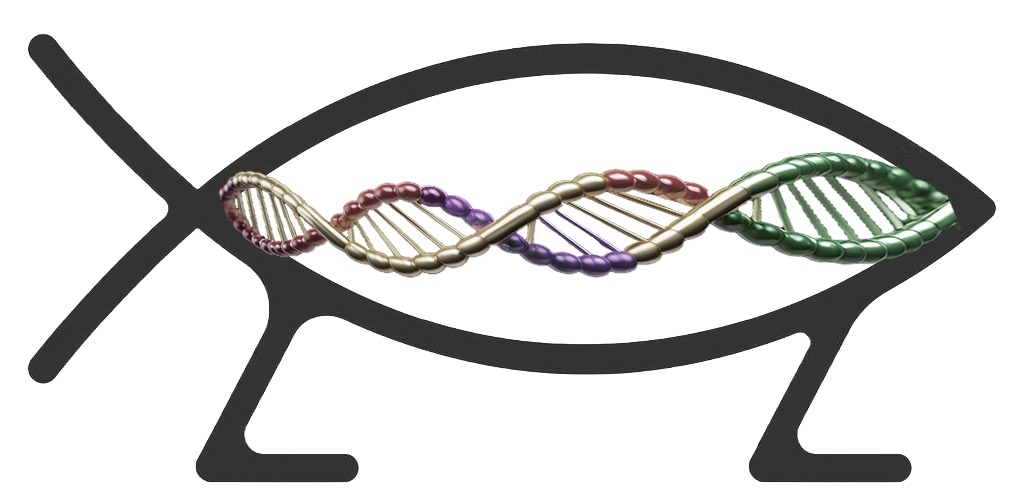Call for Papers and ESSSAT Prizes
Lost in Translation? Celebrating Language Diversity in Science and Religion
Exploring how diverse languages shape understanding in science and religion, fostering deeper dialogue, inclusivity, and cultural appreciation worldwide.
“We dissect nature along the lines laid down by our native languages. Language is not
simply a reporting device for experience but a defining framework for it.”
—Benjamin Lee Whorf
“Wenn ein Löwe sprechen könnte, wir könnten ihn nicht verstehen“
—Ludwig Wittgenstein
“Il existe une beauté particulière qui naît dans le language, du language et pour le
language,”
—Gaston Bachleard
"In the beginning was the Word, and the Word was with God, and the Word was God."
—John
These quotes each testify to the power of language, including the power to shape scientific and religious endeavors. Yet, the human experience of language has never been uniform or
monolingual—there have always been a diversity of languages and forms of communication,
which create distinct opportunities and challenges for the sciences, theologies, and the interaction between them. Likewise, there are many sciences and religious traditions, each of which adds its own ‘language’, vocabulary and syntax to the dialogue. And while the science-religion dialogue has explored many models of relationship, the two-languages metaphor has rarely been
developed.
Many questions arise for the study of science and religion. For one, to what degree is our discipline a study of differing kinds of ‘language’ which might or might not be translatable backwards and forwards? More pointedly, the field of science and religion has long been dominated by English. In what ways does the use of English as the lingua franca of some areas of academic discourse pre-determine the kinds of questions and solutions that can be asked and offered? How does the science-religion discourse change when conducted in other languages? And how might we overcome these linguistic limitations in future conferences and publications, without isolating
ourselves into linguistic silos? What are the benefits and limitations of linguistic metaphors for understanding interdisciplinary dialogue and collaboration?
In 2026, celebrating and protecting language diversity is an urgent task. Across the globe, humans speak about 7,000 distinct (and mutually unintelligible) languages, and yet 50-90% may die out by the end of the century! Europe, which contains 24 official languages and 60 more
minority languages and dialectics, is not immune to this threat. Since 2000, Lachoudish, East Sutherland Gaelic, Cromarty, Ludza, and Akkala Sami have gone extinct. Many other European languages are increasingly vulnerable or endangered (e.g., Basque, Breton, Cornish, Sorbian, Faroese, Romani, and Yiddish). This crisis raises new questions for science-religion scholars: What is the role of the sciences and different theological traditions in promoting monolingualism? What are the costs of language-death to scientific and religious communities? How might science and religion counteract this tragic trajectory, and instead preserve linguistic
diversity?
The topic of linguistic diversity is also timely for at least three further reasons. (1) The acceleration of artificial intelligence and the wide-spread use of Large Language Models promises to revolutionize how humans use language and experience linguistic diversity. (2) Ever
increasing discoveries in animal communication and the increasing possibility of symbolic communication with other species offers a new frontier for linguistic diversity. (3) The rise of the ‘neurodiversity’ paradigm offers a new way to celebrate diversity within monolinguistic
communities, as we discover the potential advantages of dyslexic, autistic, aphasic, and deaf communication. What can theological reflection offer to these societal changes and scientific discoveries? What can religious traditions learn?
Join ESSSAT in Leeds, U.K. (19–22 August 2026) to explore how language diversity shapes science, theology, and human understanding.

Indicative List of Possible Topics:
- The impact that communicating in a particular language has upon religious and/or scientific concepts and worldviews
- The importance and challenge of promoting multilingualism in religious and scientific communities
- The impact of technology and artificial intelligence upon language learning and diversity
- Theological engagement with discoveries in animal communication
- The impact of the dominance of English upon the field of science-and-religion, and ways of understanding science and religion in other languages
- The impact of neurodiverse forms of communication within scientific and/or religious communities
- The way that religious and/or scientific expertise teaches people to use language in unusual ways, and the potential impact of this.
- The role of either religion or science in enforcing monolingualism and/or promoting linguistic diversity
- The use of characteristically religious language and terminology in science communication
- The extent to which the sciences and theologies should be conceived of as two different ‘languages’
We invite short interdisciplinary papers that bring the theme of language into dialogue with any
aspect of science and theology. Papers on other aspects of the interaction between theology, the
natural sciences, the arts & humanities, cultural studies, and social sciences may also be offered.
We invite everybody, from within and outside the ESSSAT community, to join our exchange of ideas and contribute to our discussions and paper sessions. ESSSAT also welcomes proposals for sponsored panels.
To submit a short paper proposal please email the following information to the Scientific
Programme Officer before 31st January 2026.
- Title
- 5–10 keywords (put this instead of “short answer”)
- An outline of 300–500 words, making clear the relevance of the paper to the theme of the conference or other aspects of the interaction between science and theology
- Your full name and academic post/institutional affiliation (if any)
This single-sided document must be sent in either doc- or pdf-file format. No other format will be
accepted. In line with the theme of language diversity, and given the power of AI translation tools,
ESSSAT will also accept papers in other languages besides English. However, the papers should
be presented in English, unless agreed on beforehand with ESSSAT.
Information about the acceptance of a paper will be given in February 2024 together with
guidelines for the paper and its presentation at the conference. Complete short papers (max. 2,500
words) must be received by 30 June 2026 to allow for pre-reading. At the conference, you are expected to summarize (not read) your short paper in order to give more time for Q&A/discussion. Papers and the short paper session schedule will be made available for pre-reading to registered
participants and members of ESSSAT. If you want your paper to be presented in the same session as another paper, please indicate which paper in the email when sub-mitting your abstract.
Scientific Programme Officer: Dr Rope Kojonen. Email: euscienceandtheology@gmail.com
Call for Short Paper Proposals – ESSSAT 2026
Submit your paper proposal by 31 January 2026 to contribute to discussions on language diversity in science and theology.
Short Paper Proposal Submission – ESSSAT 2026
Submission Guidelines at a Glance
File Format
Submit as .doc or .pdf only
Language Diversity Welcome
Papers can be written in other languages, but must be presented in English, unless otherwise agreed.
Deadline for Abstract Submission
31 January 2026
Notification of Acceptance
February 2026
Final Short Paper Due
30 June 2026
Conference Presentation
Summarize your paper — don’t read it aloud.
Want to Present with a Colleague?
Mention the related paper title in your email.
Call for Submissions for the 2026 ESSSAT Prizes
At the ECST XXI, the winners of the two ESSSAT prizes for 2026 will be announced. These are
an open competition for early career scholars working in Europe.
The ESSSAT Research Prize (of 2500 €) will be awarded for an outstanding original contribution at book length, e.g., a doctoral thesis, submitted before 31 January 2026.
The ESSSAT Student Prize (of 1500 €) will be awarded for an essay of a maximum of 10,000 words, written by an undergraduate or postgraduate student, submitted before 31 January 2026.
Submissions can address any aspect of the interface between religion/theology and the natural sciences and should exemplify the aims of ESSSAT. The submissions will be evaluated based on their originality, quality, and relevance. Candidates for both the Research and Student Prizes must be nominated by a senior faculty member of a university or similar institution of higher education in Europe. ESSSAT member is not required. The work must be based on research done in Europe (with allowance for a period of research elsewhere of at most one year), and have been accepted for academic credit, presented, or published in 2024-2026. It may be in any major European language. It need not have been published.
The prizes will be presented to the winners at ESCT XXI in Leeds, U.K. in August 19-22, 2026.
The prizes will be required to attend the conference, and their costs for attendance will be covered by ESSSAT.
Submissions should be emailed to Dr Jaime Tatay (ESSAY Prize Officer) as a pdf-file along with:
- (a) A brief curriculum vitae of the author (stating nationality),
- (b) A letter of nomination from a senior faculty member
- (c) For the Research Prize, a 10-page summary of the work in English
(1.5 line spacing, font size 12) is also required.
Submitted material will not be returned.


